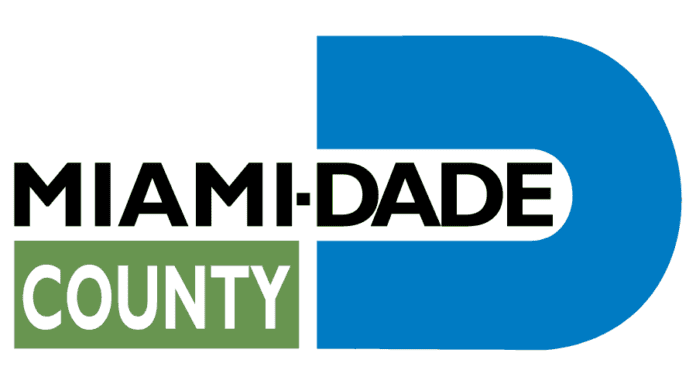|
Getting your Trinity Audio player ready...
|
The 2023 hurricane season begins tomorrow, June 1, and Miami-Dade County’s Department of Transportation and Public Works (DTPW) is offering tips to ensure transit riders and residents stay safe during inclement weather conditions.
Transit operations before, during and after storm activity
Miami-Dade Transit facilities and services, including Metrobus, Metrorail, Metromover and Special Transportation Services (STS), will cease operations no less than three hours before the County Emergency Operations Center (EOC) estimated arrival of sustained tropical storm force winds (39 MPH).
Riders using Miami-Dade Transit ahead of a storm should remember that winds under 39 MPH can still create hazards. While waiting for a Metrorail or Metromover train, riders should:
- Avoid standing at or near the edge of the platform.
- Offer full cooperation to security officers and transit personnel. Riders may be kept on the lower level of a station if wind gusts are too strong.
Special Transportation Services (STS) and other special assistance programs
If Miami-Dade County issues an evacuation order ahead of a storm, STS will provide certified riders with a one-way trip to a shelter. STS will not provide shopping trips during an emergency evacuation order.
STS clients are encouraged to contact the Paratransit Operations Office at 786-469-5000, or email paratransit@miamidade.gov to update their emergency contact information.
Miami-Dade County residents who require evacuation assistance should register for a Special Needs Center as early as possible. To register, residents can call 3-1-1, or visit the Miami-Dade Office of Emergency Evacuation Assistance to download the application and follow the instructions to submit the application.
Staying safe on the road
Weather conditions can deteriorate rapidly leading up to a storm, and thunderstorms can bring lightning, strong winds, heavy rain, flooding and downed trees and tree limbs, all creating extremely hazardous conditions for drivers. Residents are encouraged to stay off the roads.
Those who must drive should make sure their brake lights and wipers are working properly. Also, to avoid long lines at a gas station, motorists should fill up their tanks early.
In addition, here are some important reminders for those who decide to drive when heavy rain is expected:
- Be aware of flood zones and seek alternate routes whenever possible.
- If you see flood water, stay safe and do not attempt to drive through high water, which may stall the vehicle’s engine and cause further damage.
- Avoid contact with flood waters. Flood water can be contaminated with sewage or other pollutants, and there may be hazardous materials below the water surface that could cause injury.
- Avoid parking your vehicle in low lying areas. Move the vehicle to higher ground, such as a parking garage.
Bridge closures
In preparation for storm events, Miami-Dade County, in coordination with the Florida Department of Transportation (FDOT), the U.S. Coast Guard (USCG) and Monroe County, will begin locking down all drawbridges eight hours in advance of expected tropical storm-force winds (39MPH). These bridges will stay closed to marine navigation once lockdowns are complete and will remain closed for the duration of severe weather and until the drawbridges and waterways can be assessed for damages.
Roadway debris clearing
Post storm DTPW begins roadway clearing operation on County maintained roadways. Cities are responsible for the clearing of their roads. Said operation takes place in three phases, as described below. The time it takes to accomplish this is dependent on intensity of the storm and the extent of damage.
Phase 1 – Priority One Roadways (one lane)
This phase is considered the “First Pass, First Push” with the goal of establishing access for first responders and transit along county maintained arterial roads and half section line roadways.
Phase 2 – Priority One Roadways (all lanes)
Once one lane of traffic is opened in each direction along all Priority One roadways, staff will begin clearing all travel lanes along Priority One roadways to allow mobility for the general public.
Phase 3 – Local Roadways
Once all Priority One roadways have been cleared, staff will begin clearing local roads.
Staying informed
Riders are encouraged to register to receive Rider Alerts to stay informed of the latest transit updates. If service needs to be temporarily suspended due to worsening of weather conditions, DTPW will send out Rider Alerts, and inform its riders through its social media platforms (Facebook and Twitter), as well as the Department’s website and Go Miami-Dade Transit mobile app. Transit users also can call 3-1-1 to speak with an agent. For information on how to be prepared before, during, and after a storm visit Miami-Dade County Hurricane Guide or download the ReadyMDC.
Miami-Dade County residents should also prepare now by registering to receive Miami-Dade County Emergency Alerts to stay informed of the latest transit updates.






